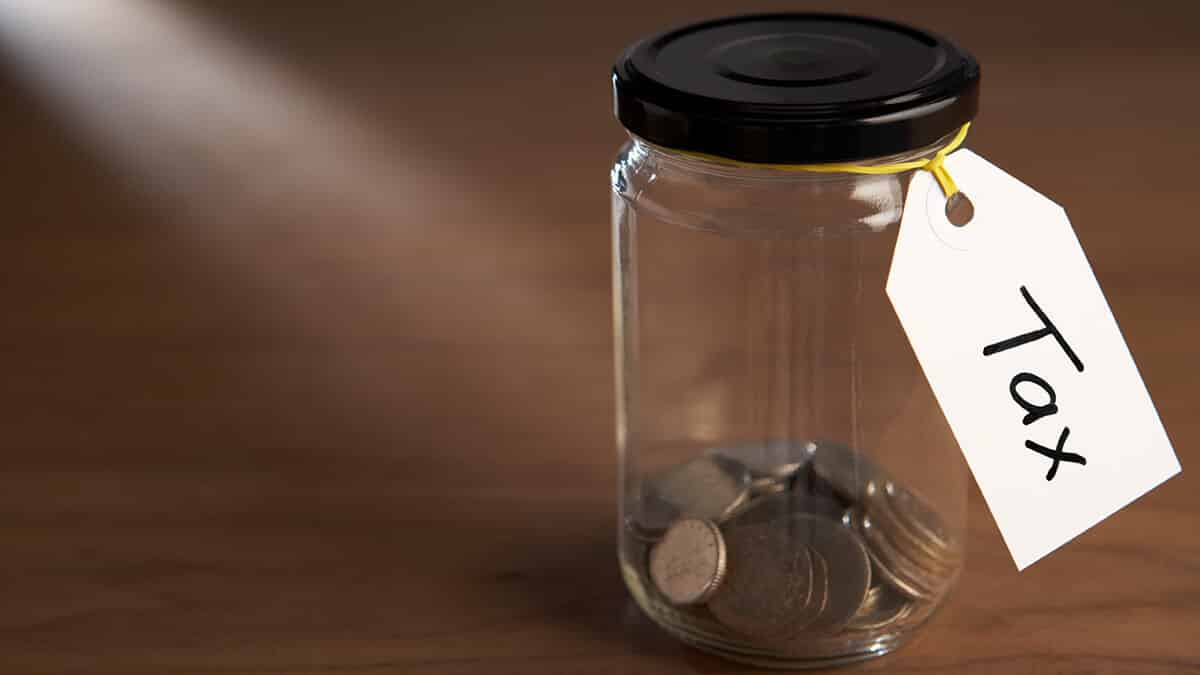In this guide
If you earn less than $37,500 this financial year the good news is that you could be entitled to claw back $700 in tax you would otherwise pay, thanks to the Low Income Tax Offset, or LITO. Even if you earn more, you may still be eligible for some LITO. And let’s face it, these days every cent helps.
The $700 Low Income Tax Offset (LITO), combined with the tax-free threshold of $18,200, effectively allows working Australians to earn up to $22,575 for the 2025-26 financial year before they need to pay any income tax. Medicare Levy is not payable until a taxpayer has annual income of $26,000 or more.
Because it’s a non-refundable tax offset, it can only be used to lower the amount of tax you owe. It can’t be received as a tax refund or used to pay your Medicare levy.
Who is eligible for LITO?
Your eligibility for LITO depends on your taxable income. If you earn less than $66,667 you’ll get some LITO. If you earn $37,500 or less you’ll get the full LITO of $700. This amount reduces by 5 cents for each dollar earned over $37,500, and then by 1.5 cents for every dollar over $45,000.
If you’re eligible for the LITO, you don’t need to do anything. The Australian Taxation Office (ATO) will apply the offset when you lodge your tax return.
LITO income thresholds
The table below shows the income thresholds, covering the 2020–21 year onwards.

Free eBook
Retirement planning for beginners
Our easy-to-follow guide walks you through the fundamentals, giving you the confidence to start your own retirement plans.
"*" indicates required fields
| Income | LITO amount |
|---|---|
| $37,500 or less | $700 |
| $37,501 – $45,000 | $700 minus (Taxable income above $37,500 x 5%) |
| $45,001 – $66,667 | $325 minus (Taxable income above $45,000 x 1.5%) |
| More than $66,667 | Nil |
LITO and minors (people under 18)
There are different rules when applying LITO for people under 18. LITO does not apply to unearned income that people under 18 may receive, such as income from a family trust.
The reason for this is that the ATO does not want parents to pass their earnings to their children without paying the correct tax.
Thresholds and rates for unearned income of minors
| Income | Tax rates |
|---|---|
| $0 – $416 | Nil |
| $417 – $1,307 | 66% of excess over $416 |
| More than $1,307 | 45% on the total amount of income that is not excepted income |
When the rates don’t apply
There are some situations where these rates don’t apply. These can be due to a situation the person is in or the type of income. When this happens, the ATO taxes a person under 18 at the adult tax rate and gives them access to the tax-free threshold of $18,200.
Types of incomes the rates don’t apply to
These tax rates don’t apply to the following types of income:
- Employment
- Taxable pensions or payment from Centrelink or the Department of Veteran’s Affairs
- Compensation, superannuation or pension fund benefits
- A deceased estate
- Property transferred to the person on the death of another person or family breakdown
- Damages for personal injury
- Business income
- Income from a partnership where the person was an active partner
Situations where these rates don’t apply
If a person under 18 (minor) meets any of the following conditions, they will not have to pay the higher rates of tax:
- They were working full time
- They had worked full time for three months or more in the current year and are intending to work full time for most or all of the next year and not intending to study full time in the next year
- They were able to get disability support pension or rehabilitation allowance, or someone was able to get a carer allowance to care for them
- They were permanently blind
- They were disabled and were likely to suffer from that disability permanently or for an extended period
- They were entitled to a double orphan pension and got little or no financial support from relatives
- They were unable to work full time because of a permanent mental or physical disability and got little or no financial support from relatives.
Examples of how LITO is applied
The following examples show how the ATO applies the LITO.
Don’t confuse LITO with LISTO
Superannuation and tax have many acronyms, and it’s easy to confuse LITO with LISTO (Low Income Superannuation Tax Offset).
LISTO is a refund of superannuation contributions tax payable by low-income taxpayers. For more information see SuperGuide article How LISTO works (Low Income Superannuation Tax Offset).
2026 SMSF calendar
Our free calendar includes due dates for important documents plus suggested dates for trustee meetings and other strategic issues for your SMSF.
"*" indicates required fields



Leave a Reply
You must be logged in to post a comment.